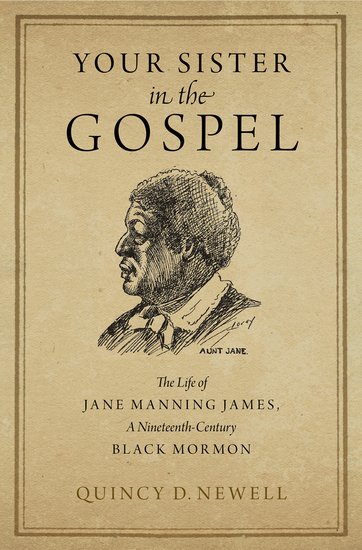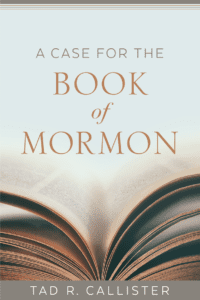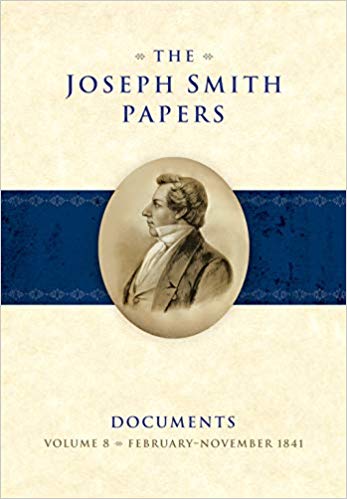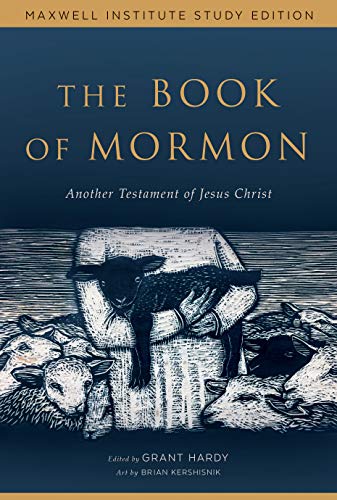Podcast: Download (68.0MB)
Subscribe: RSS
This podcast series features past FairMormon Conference presentations. This presentation is from our 2019 conference held last month. If you would like to watch the rest of the presentations from our 2019 conference, you can still purchase the video streaming.
Matthew McBride, Answering Historical Questions with Church History Topics
 Matthew McBride is the Director of Publications for the Church History Department of The Church of Jesus Christ of Latter-day Saints. He is the author of A House for the Most High: The Story of the Original Nauvoo Temple, co-editor of Revelations in Context: The Stories behind the Sections of the Doctrine and Covenants, and a contributor to Saints: The Story of the Church of Jesus Christ in the Latter Days. He and his wife Mary and their four children live in American Fork, Utah.
Matthew McBride is the Director of Publications for the Church History Department of The Church of Jesus Christ of Latter-day Saints. He is the author of A House for the Most High: The Story of the Original Nauvoo Temple, co-editor of Revelations in Context: The Stories behind the Sections of the Doctrine and Covenants, and a contributor to Saints: The Story of the Church of Jesus Christ in the Latter Days. He and his wife Mary and their four children live in American Fork, Utah.
Audio and Video Copyright © 2019 The Foundation for Apologetic Information and Research, Inc. Any reproduction or transcription of this material without prior express written permission is prohibited.
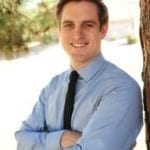 Spencer W. McBride is a historian of early American history. He earned his PhD in history at Louisiana State University and is a historian and documentary editor at the Joseph Smith Papers Project. An expert in the intersections of religion and American politics, he is the author of Pulpit and Nation: Clergymen and the Politics of Revolutionary America (University of Virginia Press, 2017). He is currently writing a book on Joseph Smith’s presidential campaign (under contract with Oxford University Press).
Spencer W. McBride is a historian of early American history. He earned his PhD in history at Louisiana State University and is a historian and documentary editor at the Joseph Smith Papers Project. An expert in the intersections of religion and American politics, he is the author of Pulpit and Nation: Clergymen and the Politics of Revolutionary America (University of Virginia Press, 2017). He is currently writing a book on Joseph Smith’s presidential campaign (under contract with Oxford University Press).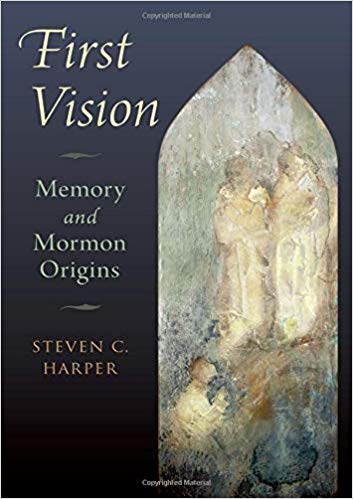
 Elder Craig C. Christensen was sustained as a General Authority Seventy of The Church of Jesus Christ of Latter-day Saints on October 5, 2002. At the time of his call he was serving as a member of the Fifth Quorum of the Seventy in the Utah South Area.
Elder Craig C. Christensen was sustained as a General Authority Seventy of The Church of Jesus Christ of Latter-day Saints on October 5, 2002. At the time of his call he was serving as a member of the Fifth Quorum of the Seventy in the Utah South Area.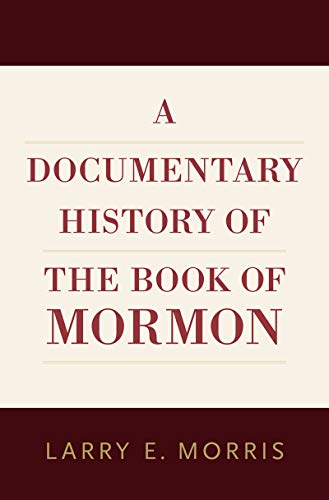
 Dr. Lynne Hilton Wilson lives in Palo Alto, California, with her husband Dow R. Wilson. She is mother to seven children—all with red hair. During her under-graduate years at BYU in 1982 she studied nursing and the cello. She received an MA in Religious Studies from Cardinal Stritch University. Her thesis explored Christ’s birth narratives in the New Testament. She received a PhD in Theology and American History at Marquette University where she focused her dissertation on Joseph Smith’s doctrine of the Spirit compared to his contemporaries. She has been an adjunct professor at BYU and iis now the Stake institute director and teacher in the Menlo Park, California Stake for the Stanford single wards. She has written three books and published several papers. She is a popular speaker at BYU Women’s Conference, Education week, the Society of Biblical Literature, the Mormon History Association, Sperry Symposiums, and many others.
Dr. Lynne Hilton Wilson lives in Palo Alto, California, with her husband Dow R. Wilson. She is mother to seven children—all with red hair. During her under-graduate years at BYU in 1982 she studied nursing and the cello. She received an MA in Religious Studies from Cardinal Stritch University. Her thesis explored Christ’s birth narratives in the New Testament. She received a PhD in Theology and American History at Marquette University where she focused her dissertation on Joseph Smith’s doctrine of the Spirit compared to his contemporaries. She has been an adjunct professor at BYU and iis now the Stake institute director and teacher in the Menlo Park, California Stake for the Stanford single wards. She has written three books and published several papers. She is a popular speaker at BYU Women’s Conference, Education week, the Society of Biblical Literature, the Mormon History Association, Sperry Symposiums, and many others.